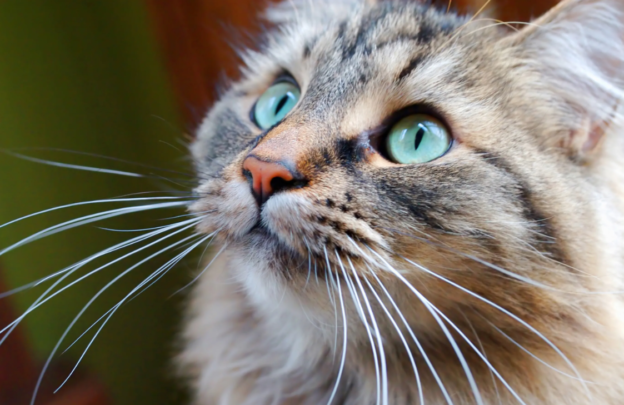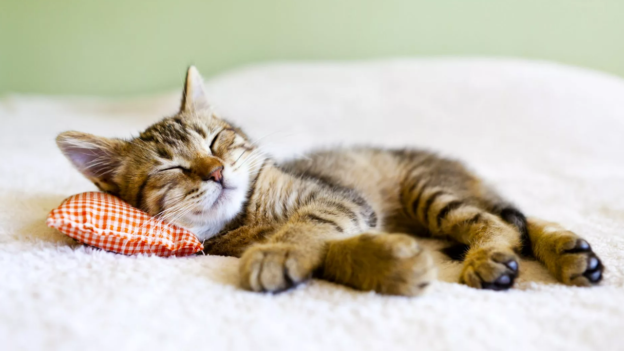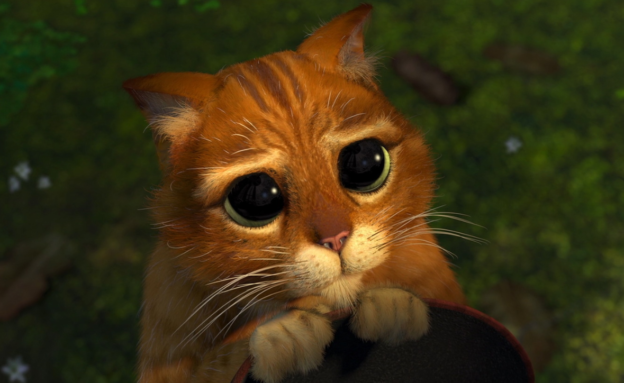Taking care of your cat’s paw pads is an essential aspect of responsible pet ownership. These soft, sensitive pads play a crucial role in your cat’s mobility and overall well-being, making it essential to ensure they remain healthy and comfortable. Here are some tips and techniques to help you provide the best care for your feline friend’s paw pads.
First and foremost, regular inspection is key to maintaining your cat’s paw pads’ health. Take the time to examine your cat’s paws regularly, looking for any signs of damage, irritation, or foreign objects lodged between the pads. This practice allows you to catch any issues early on and address them promptly.

Keep your cat’s paw pads clean by gently wiping them with a damp cloth or pet-safe wipes. This helps remove dirt, debris, and bacteria that can accumulate on the pads, reducing the risk of infections and other paw-related problems. Be sure to dry the paws thoroughly after cleaning to prevent moisture buildup, which can lead to fungal infections.
Trimming your cat’s claws regularly is another essential aspect of paw pad care. Overgrown claws can cause discomfort and even lead to paw pad injuries as your cat walks. Use cat-specific nail clippers to trim the claws, being careful not to cut into the quick—the pink area that contains blood vessels and nerves. If you’re unsure how to trim your cat’s claws safely, consult your veterinarian or a professional groomer for guidance.
During the colder months, protect your cat’s paw pads from harsh weather conditions, such as cold temperatures, ice, and snow. Consider using pet-safe paw balms or booties to provide an extra layer of protection against the elements. Additionally, wipe your cat’s paws with a warm, damp cloth after outdoor excursions to remove any ice-melting chemicals or salt residue that can irritate the skin.
In warmer weather, be mindful of hot surfaces like asphalt, pavement, or sand, which can burn your cat’s paw pads. Limit outdoor activities during the hottest parts of the day and provide shaded areas for your cat to rest. Consider applying a thin layer of paw balm to your cat’s paw pads before outdoor adventures to help protect them from heat and friction.
If you notice any signs of paw pad injuries, such as redness, swelling, or limping, seek veterinary care promptly. Your veterinarian can assess the severity of the injury and recommend appropriate treatment, which may include topical ointments, antibiotics, or pain medication.
In conclusion, proper paw pad care is essential for your cat’s health and well-being. By following these tips and techniques, you can help keep your feline friend’s paw pads healthy, comfortable, and resilient against various environmental factors and potential injuries.




